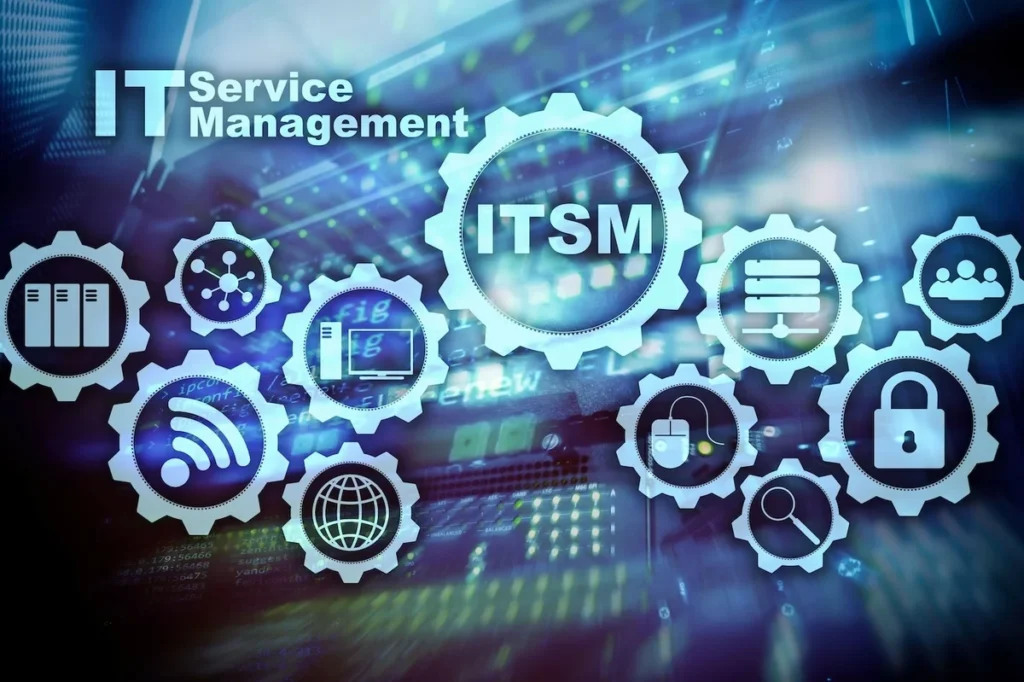The landscape of IT service management has matured significantly over the past decade, with organizations learning hard lessons about what separates effective service delivery from well-intentioned efforts that fail to deliver meaningful results. Implementing proven it service management best practices requires more than following industry frameworks or deploying sophisticated tools; it demands a fundamental understanding of how service management principles translate into operational excellence within specific organizational contexts. According to ServiceNow’s 2024 State of IT Report, organizations that consistently apply established best practices achieve 56% faster incident resolution times and 41% higher employee satisfaction scores compared to those using ad-hoc approaches to service management.
Establishing Clear Service Ownership
The single most important factor in successful IT service management is establishing clear, unambiguous ownership for each service in your portfolio. This goes beyond simply assigning technical responsibilities to include business accountability, performance monitoring, and continuous improvement ownership. When something goes wrong with a service, everyone involved should know exactly who has the authority and responsibility to make decisions and coordinate response efforts.
Service ownership isn’t just about incident response. It encompasses the entire service lifecycle, from initial requirements definition through eventual retirement. Effective service owners understand both the technical architecture and business requirements of their services, enabling them to make informed decisions about trade-offs between functionality, performance, and cost.
Implementing Proactive Problem Management
Most organizations are reasonably good at responding to incidents when they occur. Far fewer excel at preventing incidents through systematic problem identification and resolution. Proactive problem management involves analyzing patterns in incident data, identifying underlying causes of service disruptions, and implementing preventive measures before problems impact users.
This requires a shift in mindset from reactive firefighting to analytical investigation. It means investing time in root cause analysis even when workarounds are available, tracking trends that might not be immediately obvious, and being willing to address systemic issues that might be uncomfortable to acknowledge. Organizations that master proactive problem management often see dramatic reductions in overall incident volumes.
Automating Routine Processes
Automation has moved from a nice-to-have capability to an essential component of effective service management. However, successful automation isn’t about replacing human judgment with rigid scripting; it’s about eliminating repetitive, error-prone manual tasks so that skilled professionals can focus on activities that require expertise and creativity.
Start with simple, high-volume processes like password resets, software installations, or routine configuration changes. As you build confidence and capability, expand automation to more complex scenarios like service provisioning or incident response workflows. The key is to automate processes that are well-understood and stable, while maintaining human oversight for exceptions and edge cases.
Maintaining Accurate Configuration Management
Configuration management databases often become “shelfware” because organizations underestimate the effort required to maintain accurate, up-to-date information about their IT infrastructure. However, accurate configuration data is essential for effective incident response, change management, and capacity planning.
Focus on capturing configuration information that directly supports your operational processes rather than trying to document everything. If you don’t use specific data for decision-making or troubleshooting, question whether it’s worth the effort to maintain. Automate data collection wherever possible, and establish clear responsibilities for keeping manual information current.
Creating Effective Communication Channels
Service management success depends heavily on clear, timely communication between service providers and consumers. This includes both routine status updates and critical incident notifications. However, effective communication isn’t just about broadcasting information; it’s about ensuring that the right people receive relevant information in formats that support their decision-making needs.
Develop communication strategies that account for different audience needs and preferences. Business executives need different information than technical staff, and critical incidents require different communication approaches than routine maintenance activities. Establish clear escalation procedures and practice them regularly to ensure they work effectively under pressure.
Measuring What Matters
Metrics are essential for service management, but many organizations focus on measuring what’s easy to capture rather than what actually matters for service quality. While technical metrics like system availability and response times are important, they don’t necessarily correlate with user satisfaction or business value.
Develop balanced measurement approaches that include both technical performance indicators and business impact metrics. User satisfaction surveys, business process efficiency measures, and cost-per-service calculations provide different perspectives on service effectiveness than purely technical measurements. Use these insights to guide improvement efforts and resource allocation decisions.
Fostering Continuous Improvement Culture
The most successful service management organizations treat improvement as an ongoing responsibility rather than a periodic project. This requires creating cultural expectations that everyone involved in service delivery is responsible for identifying and addressing improvement opportunities.
Establish regular review processes that examine both successes and failures, looking for patterns and lessons that can inform future service delivery. Celebrate improvements and share lessons learned across teams. Create safe environments where people can discuss problems and failures without fear of blame, focusing on system improvements rather than individual accountability.
Aligning Services with Business Needs
Technical excellence means nothing if services don’t support business objectives effectively. Regular alignment reviews between IT service providers and business stakeholders ensure that service priorities, performance targets, and improvement investments focus on areas that matter most for organizational success.
This alignment requires ongoing dialogue rather than annual planning sessions. Business requirements evolve continuously, and service delivery approaches must adapt accordingly. Establish regular touchpoints with business stakeholders to review service performance, discuss emerging requirements, and adjust service delivery approaches based on changing business priorities.





